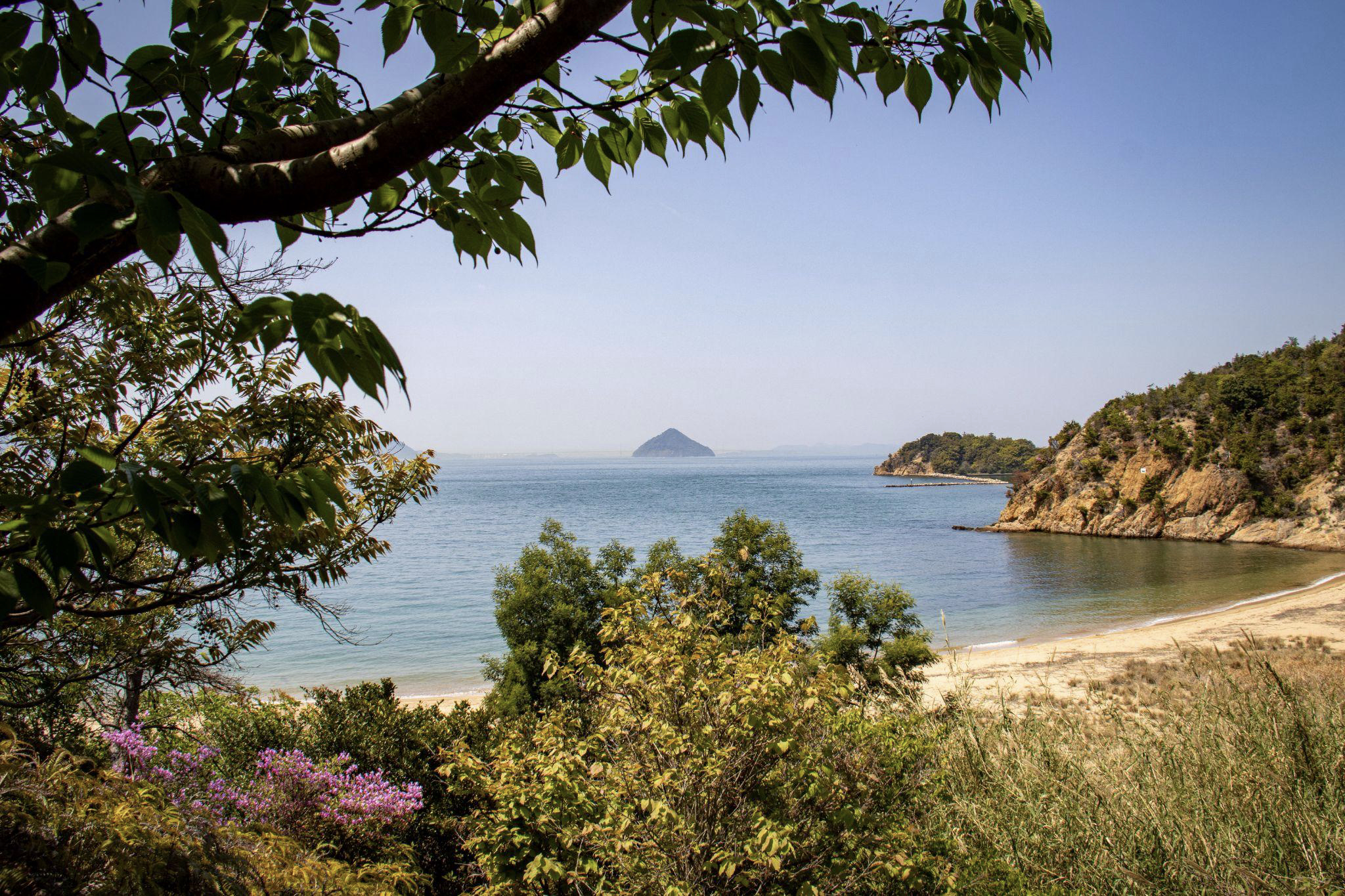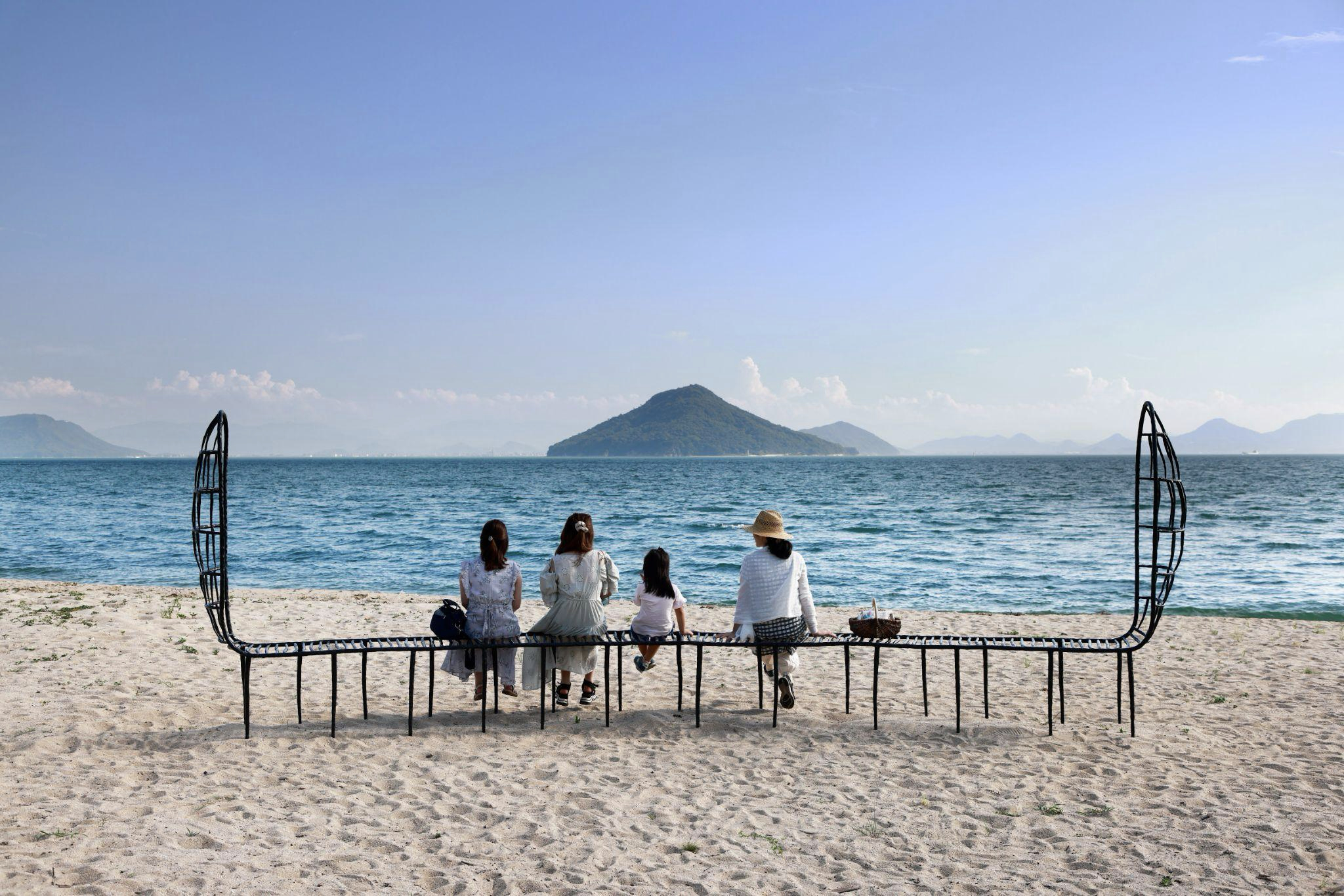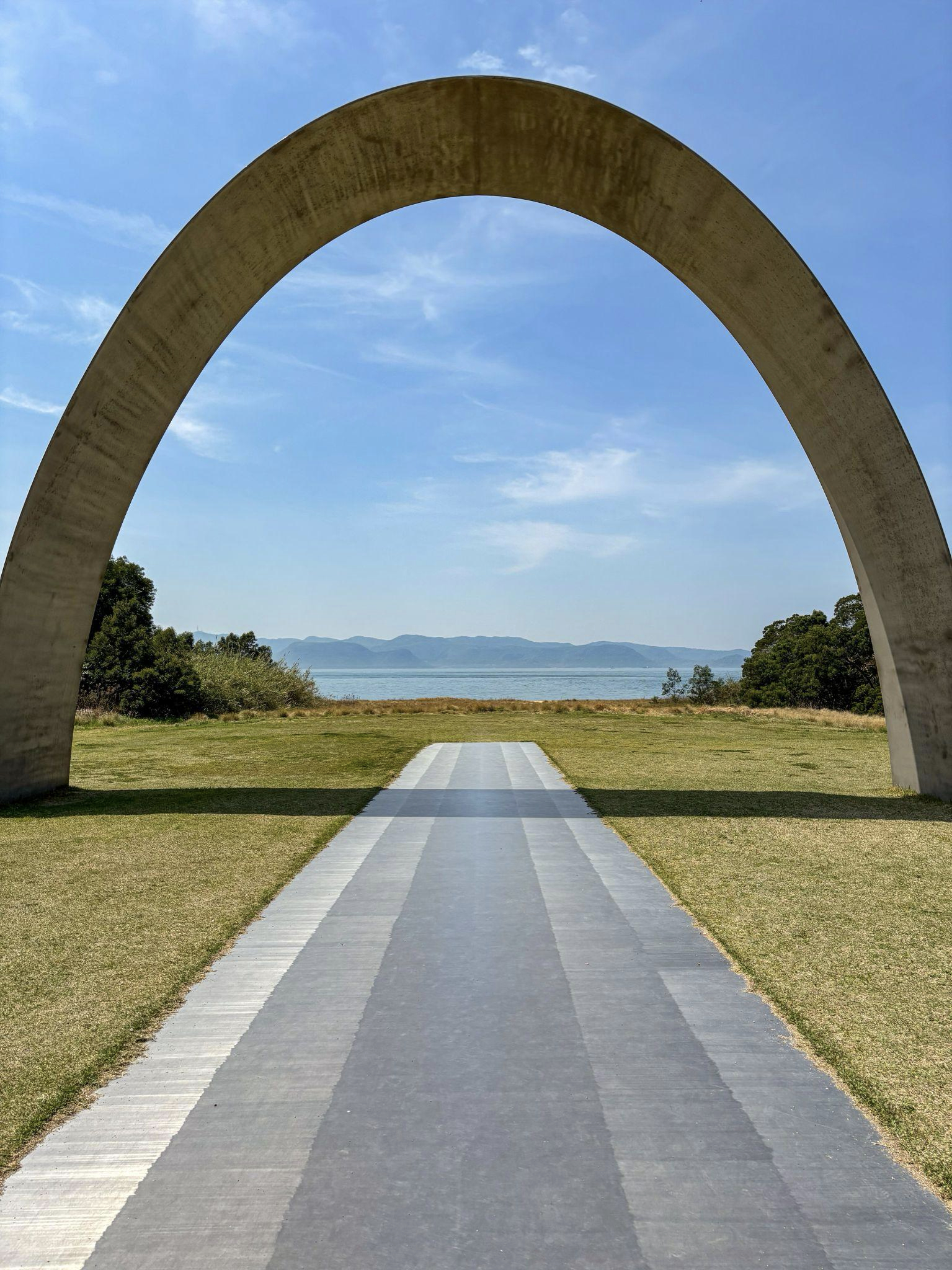SETOUCHI TRIENNALE 2025
Every three years, the Seto Inland Sea transforms into an archipelago of artistic alchemy, where abandoned schools become shrines of sound, forgotten fishing villages hum with color, and rice terraces cradle sculptural dreams. Since its inception in 2010, the Setouchi Triennale has redefined what an art festival can be: not merely a stage for contemporary works, but a living, breathing dialogue between place, people, and imagination. Rooted in a once-overlooked region of western Japan, the festival has become a global reference point for socially engaged, site-specific art, and a model for cultural revitalization in an age of rural decline.
As the Triennale returns in 2025 for its sixth edition, it does so at a moment of reflection and renewal. The scars of the pandemic, the pressures of depopulation, and the growing urgency of ecological stewardship all echo across the inland sea. But so too does a spirit of resilience. With its upcoming edition, the festival expands its commitment to sustainability, participation, and intergenerational exchange, charting a course that is both visionary and deeply grounded.

View from Naoshima, Photo: Sébastien Raineri
The official theme for Setouchi Triennale 2025, titled “Umidasu – Creating Sea of Hope”, encapsulates this dual impulse: to dream anew while listening deeply to what the sea, the land, and the people have long known. “Umidasu”, a play on the Japanese verb meaning both “to give birth” and “to bring forth from the sea”, reflects the Triennale’s ambition to foster new cultural currents from the old tides of tradition. It is a call to artists and communities, to co-create a sustainable future through beauty, empathy, and encounter.
This year’s Triennale also brings with it structural innovations that respond to both global trends and local realities. The festival will continue its seasonal format, spanning Spring (April 18 to May 25), Summer (August 1 to 31), and Autumn (October 3 to November 9), but with increased efforts to decentralize visitor flow and reduce environmental impact. Expanded ferry routes, new cycling infrastructure, and a strengthened digital platform aim to make the experience more accessible, inclusive, and eco-friendly.

Heather B.Swann & Nonda Katsalidis “Place for Sea Dreamers”, 2022-, Teshima, Photo: Keizo Kioku
In 2025, the Triennale also introduces an ambitious youth engagement initiative, inviting young creators from across Asia and beyond to collaborate directly with island residents in developing both artworks and local cultural programs. This reflects a growing emphasis on intergenerational learning and the passing down of intangible heritage, not just through preservation, but through creation.
One of the enduring strengths of the Setouchi Triennale is its commitment to site-specificity, encouraging works that grow from the islands themselves. Each edition is less a rotation of contemporary art trends and more a cultivated landscape of human stories, ecological textures, and intimate collaborations between artists and communities. The 2025 edition deepens this ethos, welcoming an eclectic mix of 218 artists and groups from 37 countries and regions, each bringing a unique response to the festival’s unifying theme.

Lee Ufan Museum, 2010-, Naoshima, Photo: Sébastien Raineri
This year, the Triennale embraces emerging voices from across the globe, with an emphasis on cross-cultural dialogue and local co-creation. Among the notable newcomers is Sarah Hudson from New Zealand, whose recent accolade (the Golden Lion at the 2024 Venice Biennale) underscores her prominence in the art world. Her participation adds a significant international dimension to the festival. Swedish artist Jacob Dahlgren brings his distinctive approach to consumer culture, likely presenting installations that challenge viewers’ perceptions of everyday objects. From Thailand, Jakkai Siributr offers textile-based works that delve into historical narratives through intricate weaving and embroidery, providing a tactile connection to cultural memory. South Korean artist Park Ji-hyun is expected to create immersive installations utilizing light and space, crafting environments that engage visitors’ senses and emotions. Taiwan’s Cloud Gate Dance Theater, renowned for their contemporary dance performances, will contribute dynamic pieces that blend movement with the festival’s scenic locales.
Renowned installation artist Chiharu Shiota present a new piece called “Memory of Lines” on Teshima, weaving together letters written by residents and visitors into a suspended tapestry stretching across the island’s narrow alleyways. The result is both monumental and ephemeral: a net of words suspended in wind, memory, and time. Japanese artist Motoi Yamamoto will present an installation in Utazu Town, Kagawa Prefecture, during the autumn session. Known for his intricate salt installations, Yamamoto’s work often reflects on memory and the ephemeral nature of existence.
These new participants, alongside returning artists, contribute to the Setouchi Triennale’s mission of revitalizing the region through art, fostering a dialogue between contemporary creativity and the rich cultural tapestry of the Seto Inland Sea.
Read more ...




